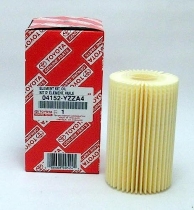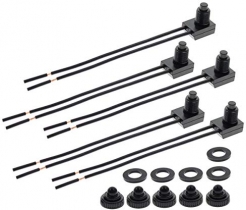-
Welcome to Tundras.com!
You are currently viewing as a guest! To get full-access, you need to register for a FREE account.
As a registered member, you’ll be able to:- Participate in all Tundra discussion topics
- Transfer over your build thread from a different forum to this one
- Communicate privately with other Tundra owners from around the world
- Post your own photos in our Members Gallery
- Access all special features of the site
Tundra weight distribution
Discussion in '2.5 Gen Tundras (2014-2021)' started by Henry2019, Aug 12, 2020.


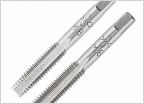 Cross threaded Skid plates bolt
Cross threaded Skid plates bolt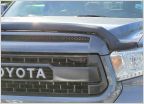 Can any of you tell which bug deflector this is?
Can any of you tell which bug deflector this is?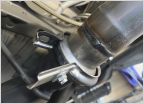 Can someone verify if this is the correct clamp
Can someone verify if this is the correct clamp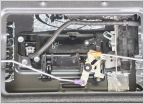 DIY Guide to installing OEM led Bed Light and Pop & lock for tailgate
DIY Guide to installing OEM led Bed Light and Pop & lock for tailgate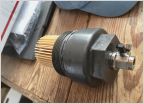 Aluminum Oil Filter Housing Cap for Tundra - Is there one or not?
Aluminum Oil Filter Housing Cap for Tundra - Is there one or not?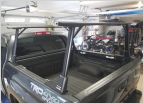 Rola Pick Up Rack
Rola Pick Up Rack





